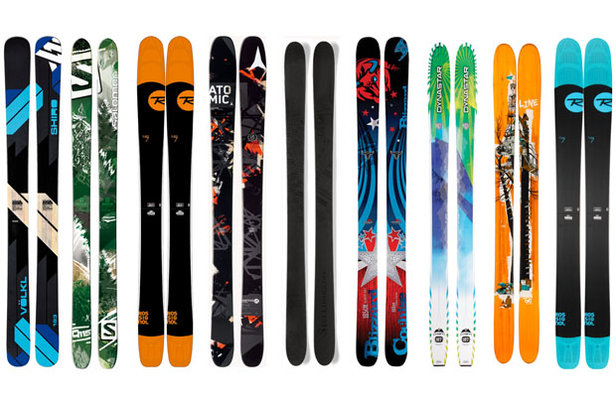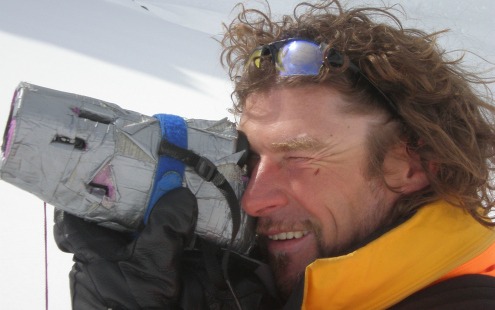Formerly a certified Level I Professional Ski Instructor of America, David Barton spends many winter weekends sharing his passion for skiing with students across the northeast and mideast U.S. His blog has gained international popularity and provides instruction and tips for skiers of all abilities. Here, he gives the off piste and heli skiing experts at Pure Powder some insight into the ski technology characteristics which finally helps answer those questions as to why we ski on the skis we do!
> Does it make a difference if I use short or long skis?
> Old or new?
> What really is the difference in equipment?
> How much does it really affect my skiing?
Although most people think that equipment doesn’t really affect performance (and to a certain degree this is true), rapidly changing technologies in skis have made staying up to date with equipment more important than ever. More and more, the equipment you have is starting to make a difference in performance.
From Long Skis to Short
The majority of ski equipment questions arise from the good old-fashioned long, straight ski to the newer shaped and shorter skis primarily in use today. Around 1990, skis started to come equipped with shaped, or parabolic, edges as opposed to skis that had very little sidecut to them. That is, older straight skis had a nearly constant width from the tips to the tails. Newer skis typically have a wide tip, narrow waist, and wide tail.
Now, what does this do?
The reason that shorter shaped skis came about are because of the easier turns that are made possible. Long gone are the days of measuring your ski height by holding your arm up high and buying skis that came to your fingertips. Nowadays, beginners use skis from chest to chin height, while more advanced skiers typically do not ski on boards longer than their own height. The shorter skis allow more better control of the skis, thus making turns and manoevres much easier. Try going out sometime and skiing on verrryyy short skis. Although they will be a little less stable and feel somewhat flimsy, you will find it almost too easy to turn your skis. The appropriately sized skis can put the dream in dreamy skiing. The sidecut in a ski also accomplishes easier turns. If you layed a shaped ski with sidecut down in the snow, it will actually turn by itself. The sidecut causes the edges to catch in the snow and thus turn the ski. Compared to straight skis, these new shaped slabs of skis will rock you into a whole new ski generation.
While ski size is the most important factor in the equipment, there are other mechanical characteristics as well. Torsional stiffness, ski flexure, and other properties determine how your ski will react to your movements and the snow. Racers like stiff torsion in the tails to transfer a maximum amount of energy into their next turn. A small sidecut radius allows tight, carved turns. It is these elements of your skis that allow you to rip down a mountain while somehow miraculously staying upright on size 160 shoes’
Hopefully you’ve found this insight into the world of ski technology helpful. Ready to hit the slopes now? Contact Pure Powder for a variation of wonderful off piste or heli ski trips


I agree with the above. I have been skking 45 years and my skiing skiils imporved tremendously with the first shorter ski that I bought in the early 80’s. I have upgraded every 4 – 5 years since then. My present skis, K2 Apache X are the best and I am finally able to truly carve turns verses side slipping down the hill. Turning is a breeze. My much younger brother who is much stronger and more coordinated than I still skis on 1980’s era Rossignals and skis very well on them. But I am skiing 20 days a year and he is lucky to get 3 days a year. So nice to be retired!!!
I appreciate so much this new learning about skiing technology. What’s more important is that the equipment we use can make or break our experience when it comes to skiing. Skiing is a good way to enjoy the outdoors during the winter time, offering a mix of views, fresh air and exercise, as well as adrenaline.